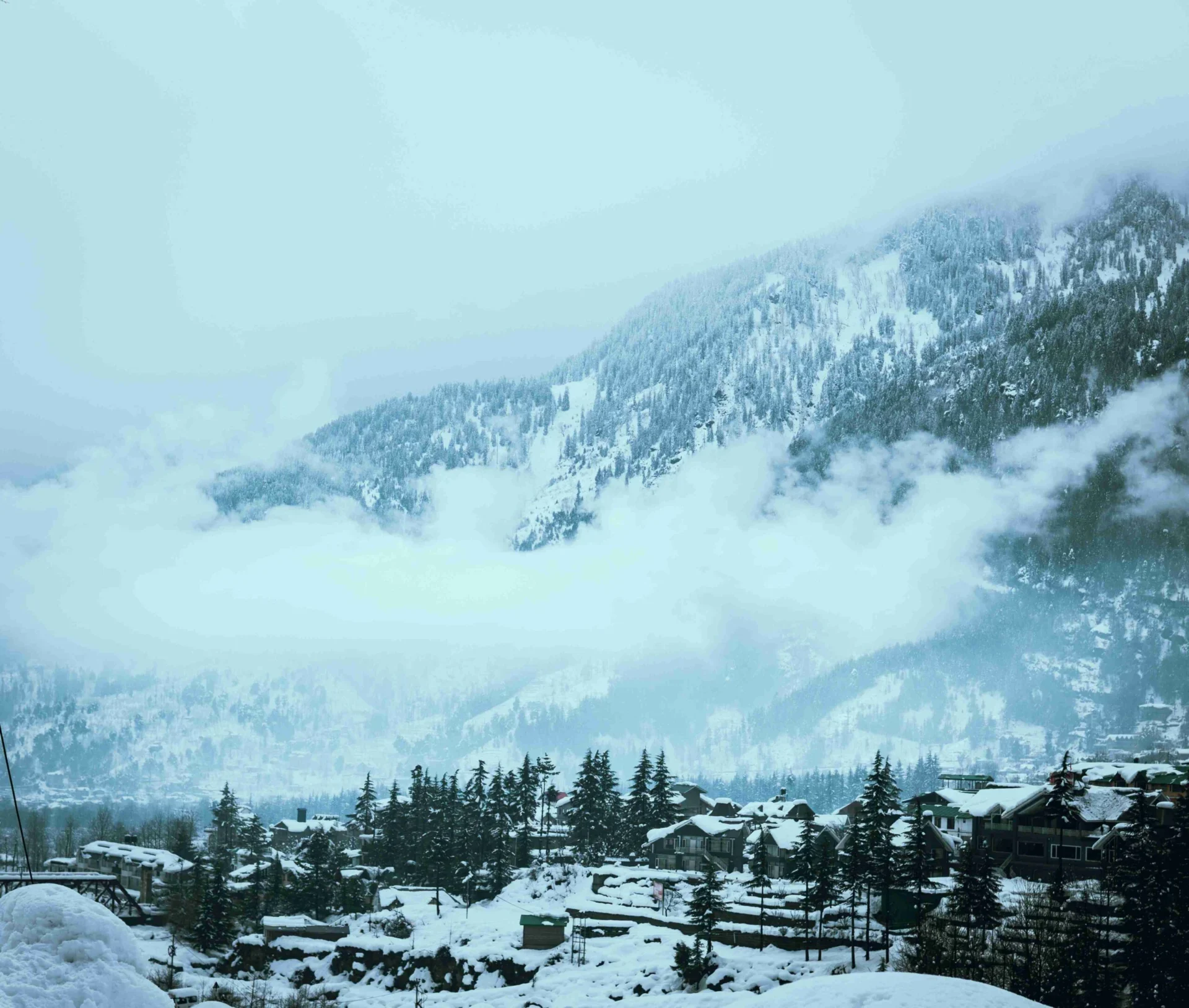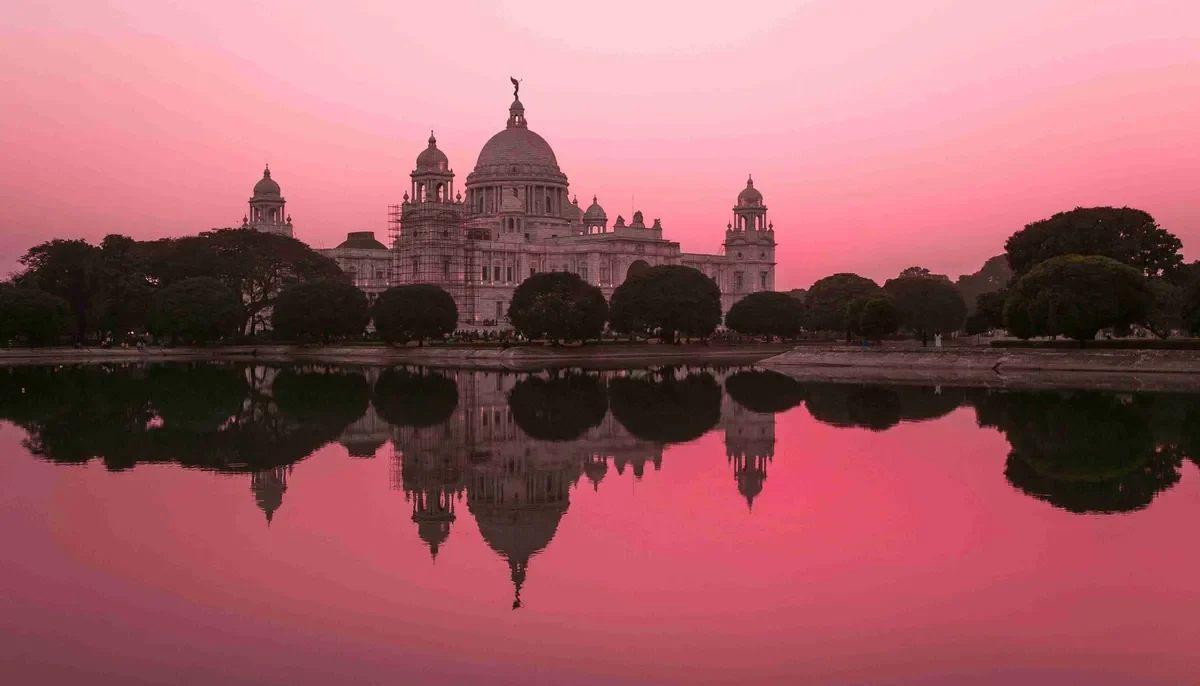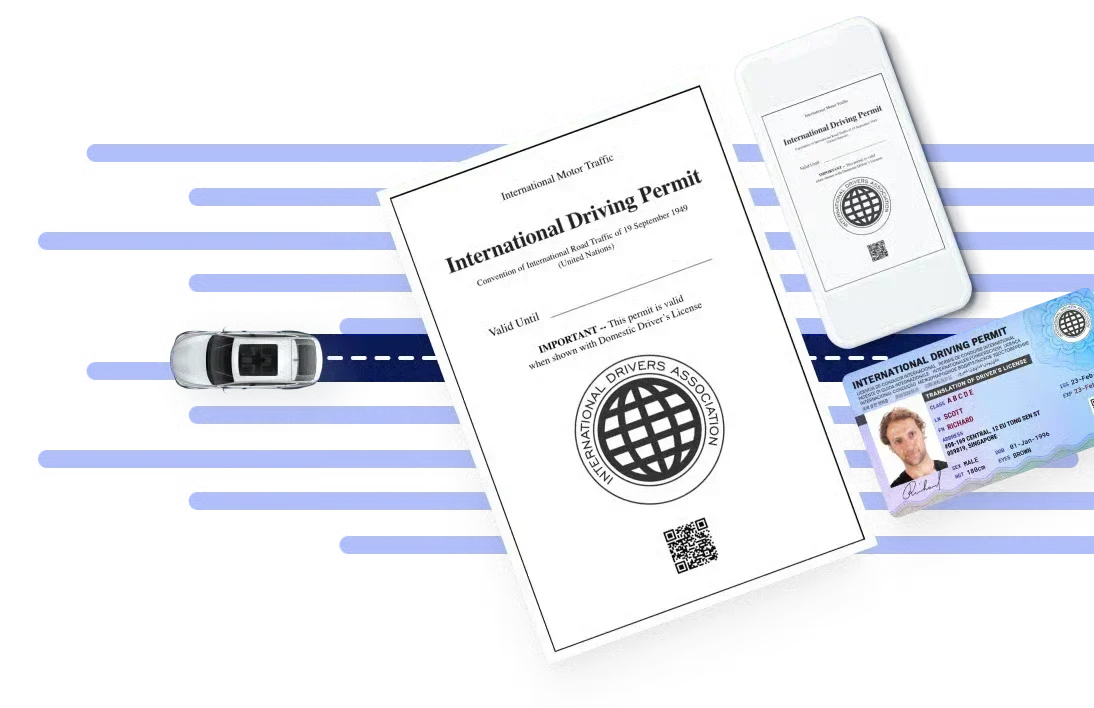India, a land of vibrant colors, rich history, and diverse cultures, beckons travelers worldwide. But when is the best time to visit India? This comprehensive guide includes the best times to explore this fascinating country, ensuring you make the most of your adventure.
Planning Your Travel to India
India is a vast and diverse country, offering endless places to explore. This can make it exciting but also a bit overwhelming for travelers. With so many different landscapes, attractions, and a deep cultural history, it can be tough to know where to start planning.
To help ease your journey, here’s a quick guide to prepare for your adventure.
When is the Best Time to Visit India?
The best time to visit India depends on the region and the experiences you seek. Generally, the ideal months span from October to March, when most of the country enjoys pleasant weather.
These months are generally best avoided unless you’re specifically looking for wildlife experiences in central parks where animals gather around waterholes:
- The summer months of April and May can be extremely hot in many parts of India, with temperatures soaring above 40°C (104°F).
- The monsoon season runs from June to September, bringing heavy rains that can disrupt travel plans in many regions.
If you’re interested in visiting this northern region, the best time is from June to September when the roads are accessible, offering stunning landscapes and clear skies.
On the other hand, the best time to visit Southern India is also from November to March when the weather is dry and pleasant for exploring beaches and backwaters.
When is the Cheapest Time to Visit India?
For budget travelers, the most economical time to visit India is during the off-season, generally from April to September. The months of April to June mark the onset of summer in India, with temperatures often soaring above 40°C (104°F) in many regions, particularly in central and northern India.
From July to September, the monsoon season brings heavy rains to most parts of India, particularly the west and south. However, northern regions like Ladakh remain relatively dry and accessible. While traveling during the off-season can save money, preparing for these extreme weather conditions is important.
When is the Peak Travel Season in India?
The peak travel season in India typically occurs from December to January. This period coincides with the winter when the weather is most favorable for exploration across the country.
While visiting during peak season offers many advantages, travelers should be prepared for larger crowds at popular attractions and higher prices for accommodations and activities.
When is the Best Time to Celebrate India’s Festivals?
Celebrating festivals in India is an enriching experience that showcases the country’s tapestry of cultures. Generally, the months from January to December are marked by significant celebrations, but certain seasons stand out for their unique festivities.
Holi, known as the Festival of Colors, is celebrated in March and signifies the arrival of spring. It involves vibrant celebrations with colored powders and water. Diwali, the Festival of Lights, is perhaps India’s most celebrated festival. It usually falls in November and symbolizes the victory of light over darkness.
Considering Driving in India?
If the idea of driving in India hasn’t crossed your mind, it might be time to reconsider. A cross-country road trip offers a unique opportunity to experience the country’s diverse landscapes firsthand. From metropolitan cities to serene rural vistas, driving allows you to explore this incredible country at your own pace.
The best time to drive in India is generally between October and March. Most highways are well-maintained during these months, making long-distance travel smoother.
However, be cautious of potential fog in northern regions during December and January, which can affect visibility.
If you plan to drive in India, secure an International Driving Permit . This document is recognized internationally and can help avoid complications with local authorities.
Understanding India’s Seasons
Before diving into the month-by-month breakdown, it’s crucial to understand India’s seasons. The country experiences three main seasons:
- Winter (November to February)
- Summer (March to May)
- Monsoon (June to October)
However, due to India’s vast size and varied geography, weather patterns can differ significantly across regions. The best time to visit India depends on the areas you plan to explore and the experiences you seek.
January: Embracing the Winter Charm
January marks the heart of winter in India, offering pleasant weather across the country. It’s an excellent time to explore the Golden Triangle (Delhi, Agra, and Jaipur) and experience the Taj Mahal without the scorching heat. The cooler temperatures make it ideal for sightseeing in bustling cities like Mumbai and Delhi.
In the south, Kerala enjoys perfect beach weather, while Goa hosts lively New Year celebrations. Nature enthusiasts will find this an excellent time to visit national parks for wildlife spotting, especially tigers in Ranthambore National Park.
Remember, popular tourist destinations can get crowded during this peak season. If you want to visit India to avoid crowds, consider less-visited regions or plan your trip for shoulder seasons.

Source: Photo by Diptanu Talukdar on Unsplash
February: Perfect Weather Continues
February continues to offer ideal weather across India. The pleasant temperatures make exploring outdoor attractions and historical sites a great time. This month is particularly good for visiting Rajasthan, where you can enjoy the Nagaur Cattle Fair, a vibrant showcase of local culture.
Beach lovers will find the weather in Goa and Kerala delightful. February is also one of the best times to visit the Taj Mahal, with clear skies providing perfect photo opportunities.
As it’s still the peak season, popular destinations remain busy. However, the crowds start to thin out towards the end of the month, making it an excellent time to travel if you want to balance good weather with slightly fewer tourists.
March: Holi and Rising Temperatures
March marks the beginning of spring in India, with temperatures starting to rise, especially in the north. This month is famous for the colorful Holi festival , which is celebrated across the country. Participating in Holi celebrations can be a magical time to experience Indian culture at its most vibrant.
Early March is still a good time to visit most parts of India, including the Golden Triangle and Rajasthan. However, as the month progresses, the heat builds, particularly in central and northern India.
Southern India, including Kerala and Goa, remains pleasant, making it an ideal time to visit these regions. March is also one of the best times to see tigers and other wildlife in national parks, as animals gather around water sources in the increasing heat.
April: Summer Kicks In
April sees summer taking hold across much of India. Cities like Delhi, Agra, and Jaipur have become hot and dry. However, this can be an excellent time to visit if you don’t mind the heat, want to avoid crowds, and want to find better deals on accommodations.
April is one of the best times to visit India’s Himalayan regions . As the snow melts, places like Shimla, Manali, and parts of Sikkim become accessible and enjoyable. The weather is warm and sunny, perfect for trekking and outdoor activities.
Southern India, while warm, is still bearable. Beach destinations like Goa are less crowded, and you can enjoy the coastline without the peak season hustle.

Source: Photo by Zoshua Colah on Unsplash
May: Escape to the Hills
May is one of the hottest months in India, with many parts of the country experiencing extreme temperatures. Avoid the plains and cities during this time unless you’re comfortable with intense heat.
This month is ideal for exploring the Himalayas and hill stations. Places like Darjeeling, Gangtok, and Ladakh offer respite from the heat and stunning mountain views. May is also a good time for adventure sports in the Himalayas, such as white-water rafting.
If you’re set on visiting other parts of India during this time, plan your activities for early mornings or evenings to avoid the midday heat. Stay hydrated and take necessary precautions against the sun.
June: Monsoon Begins
June marks the beginning of the monsoon season in most parts of India. The rains typically start in the southern state of Kerala and gradually move northward. While the monsoon brings relief from the summer heat, it can also cause travel disruptions.
However, June is an excellent time to visit Ladakh , as it remains relatively dry due to its unique geography. The region offers breathtaking landscapes and is perfect for trekking and cultural exploration.
For those who don’t mind the rain, this can be a magical time to experience lush, green landscapes. Kerala, in particular, is beautiful during the early monsoon, with its backwaters full and vegetation vibrant.
July: Monsoon in Full Swing
July sees the monsoon in full force across much of India. While this might not be the best time to visit India for general sightseeing, it offers unique experiences for those who embrace the rainy season.
This is an ideal time for Ayurvedic treatments in Kerala, as the moisture in the air is believed to make the body more receptive to therapies. The monsoon also transforms the Western Ghats into a lush paradise, perfect for nature lovers.
Ladakh remains a good option in July, offering a dry haven for travelers. During this time, the region celebrates the colorful Hemis Festival, a major draw for culture enthusiasts.
August: Green and Lush
August continues the monsoon season, with rainfall across most of the country. While this isn’t the best time to visit India’s beaches or major tourist sites, it offers a different perspective on the country.
This month is ideal for experiencing India’s lush side. Waterfalls are at their fullest, and the countryside is blanketed in vibrant green. It’s an excellent time to visit tea plantations in Munnar or Darjeeling, which are particularly beautiful in the rain.
August also includes the celebration of Independence Day (August 15th) and several monsoon-related festivals, which provide insight into Indian culture and traditions.
September: Monsoon Recedes
September marks the gradual retreat of the monsoon. While rain is still common, it begins to decrease, especially towards the end of the month. Visiting during this transitional period can be exciting, as the landscapes remain lush, but the weather improves.
This month is good for visiting Northeast Indian states like Assam and Meghalaya, known for their natural beauty. The famous Ganesh Chaturthi festival usually falls in September, offering a chance to witness elaborate celebrations, especially in Mumbai and Pune.
As tourist numbers are still low, September can offer good deals on accommodations and less crowded attractions.
October: Perfect Weather Returns
October is widely considered one of the best times to visit India. The monsoon has largely retreated, leaving behind green landscapes and pleasant temperatures. This month offers excellent weather for exploring most parts of the country.
October is ideal for visiting the Golden Triangle, Rajasthan, and Varanasi. It’s also a great time for wildlife safaris, as national parks reopen after the monsoon. The Himalayas are still accessible and beautiful, with clear skies offering stunning mountain views.
This month also sees the celebration of Dussehra and often the beginning of Diwali festivities, making it a culturally rich time to visit. However, as the peak tourist season begins, be prepared for larger crowds and higher prices.
November: Festival of Lights
November is another excellent month to visit India. The weather is generally dry and cool across the country, making it perfect for sightseeing and outdoor activities.
This month often sees the celebration of Diwali , the Festival of Lights, which is one of India’s most important and beautiful festivals. Cities and towns across the country are decorated with lights and lamps, creating a magical atmosphere.
November is ideal for exploring Rajasthan, including a visit to the famous Pushkar Camel Fair. It’s also a great time for wildlife safaris and beach holidays in Goa and Kerala.
December: Peak Season Begins
December marks the beginning of peak tourist season in India. The weather in most of the country is cool and pleasant, making it ideal for sightseeing and outdoor activities.
This is an excellent time to visit the beaches of Goa, which come alive with Christmas and New Year celebrations. It’s also perfect for exploring the cities of Rajasthan, the monuments of Agra, and the bustling streets of Delhi.
However, during this popular month, be prepared for larger crowds and higher prices. If you’re planning to visit India in December, it’s advisable to book accommodations and travel arrangements well in advance.
Essential Travel Tips
Before going on your Indian adventure , there are a few key things to keep in mind:
- Visa Requirements: Most international travelers need a visa to enter India. Check the official Indian government website for the most up-to-date information and to apply online.
- Vaccinations: Consult with your doctor about recommended vaccinations for India. Depending on your travel plans and the time of year, some may be required.
- Driving in India: If you plan to drive during your visit, remember to get your IDP online before your trip. An International Driving Permit is required for foreign visitors who wish to drive in India. It’s a simple process that can save you hassle once you arrive.
- Respect Local Customs: India has a rich and diverse culture. Research local customs and dress codes for the regions you plan to visit to show respect and avoid unintentional offense.
- Stay Hydrated: Regardless of when you visit, staying hydrated is crucial. Stick to bottled water and be cautious with street food, especially during warmer months.
Your Indian Adventure Awaits!
The best time to visit India depends on your interests, the regions you want to explore, and your tolerance for different weather conditions. While the winter months from November to February offer the most pleasant weather for much of the country, each season in India has unique charm and experiences.
Whether you’re drawn to the colorful festivals, the diverse landscapes, the rich history, or the vibrant culture, India has something to offer year-round. Understanding the seasonal variations and regional differences allows you to plan the best possible itinerary for your Indian adventure. Remember, India’s diversity means that no matter when you visit, there’s always a part of this incredible country waiting to be explored.
Frequently Asked Questions
How long should I plan to stay in India?
The ideal length of stay depends on your interests and the regions you want to explore. For a first-time visit, plan for at least 10-14 days to cover major highlights. Consider 3-4 weeks or more to explore multiple regions in depth.
Is it safe for women to travel alone in India?
While many solo travelers, including women, visit India safely, taking standard precautions is important. Research your destinations, be aware of local customs, dress modestly, and avoid isolated areas, especially at night. Consider joining group tours for added security.
What’s the best way to get around in India?
Domestic flights are good for quickly covering long distances. Trains provide an authentic experience and are great for overnight journeys. For local travel, taxis, ride-sharing apps, and auto-rickshaws are common. In some cities, metro systems are efficient for avoiding traffic.
Are there any regions in India that are good to visit year-round?
Some areas, like Bangalore and Mysore in Karnataka, have relatively stable climates year-round. Goa and Kerala are also enjoyable for much of the year, though they experience heavy rainfall during the monsoon.
How can I avoid “Delhi Belly” or traveler’s diarrhea?
To reduce the risk, stick to bottled water, avoid raw foods and street vendor ice, eat at reputable restaurants, and consider carrying hand sanitizer. Some travelers also take probiotic supplements before and during their trip.
What should I pack for a trip to India?
Pack lightweight, modest clothing that covers shoulders and knees, especially for visiting religious sites. Bring comfortable walking shoes, a hat, sunscreen, and insect repellent. Don’t forget any necessary medications and a universal power adapter.
Is it necessary to learn Hindi before visiting India?
While knowing some basic Hindi phrases can be helpful, it’s optional. English is widely spoken in tourist areas and major cities. In South India, Hindi is less common, and local languages prevail.
Are there any important cultural etiquette rules I should know?
Remove shoes before entering homes or religious sites. Use your right hand to eat and pass objects. Public displays of affection are generally frowned upon. It’s polite to ask before taking photos of people, especially in rural areas or at religious sites.
How much should I budget per day for traveling in India?
Daily budgets can vary widely. Budget travelers might spend $20-30 per day, mid-range travelers $50-100, and luxury travelers $200 or more. Costs can be higher in major cities and popular tourist destinations.
Are there any off-the-beaten-path destinations you recommend?
Consider visiting places like the Andaman Islands for pristine beaches, Hampi for ancient ruins, Spiti Valley for Himalayan landscapes, or the Northeast states like Meghalaya for unique cultures and natural beauty. Always check current travel advisories before visiting less touristy areas.







